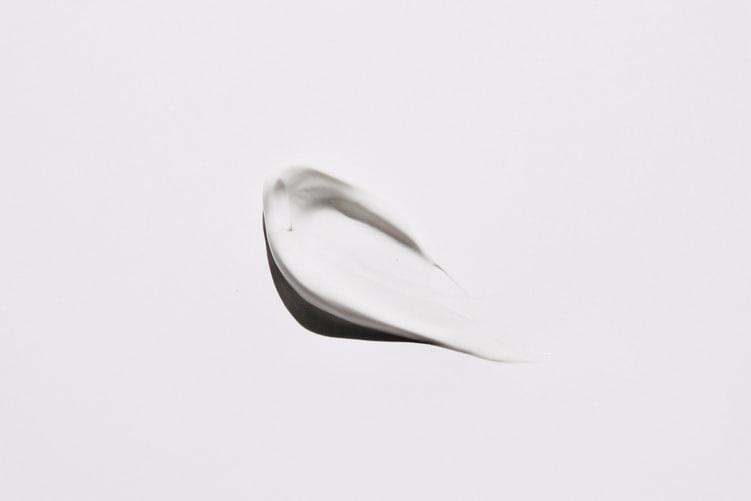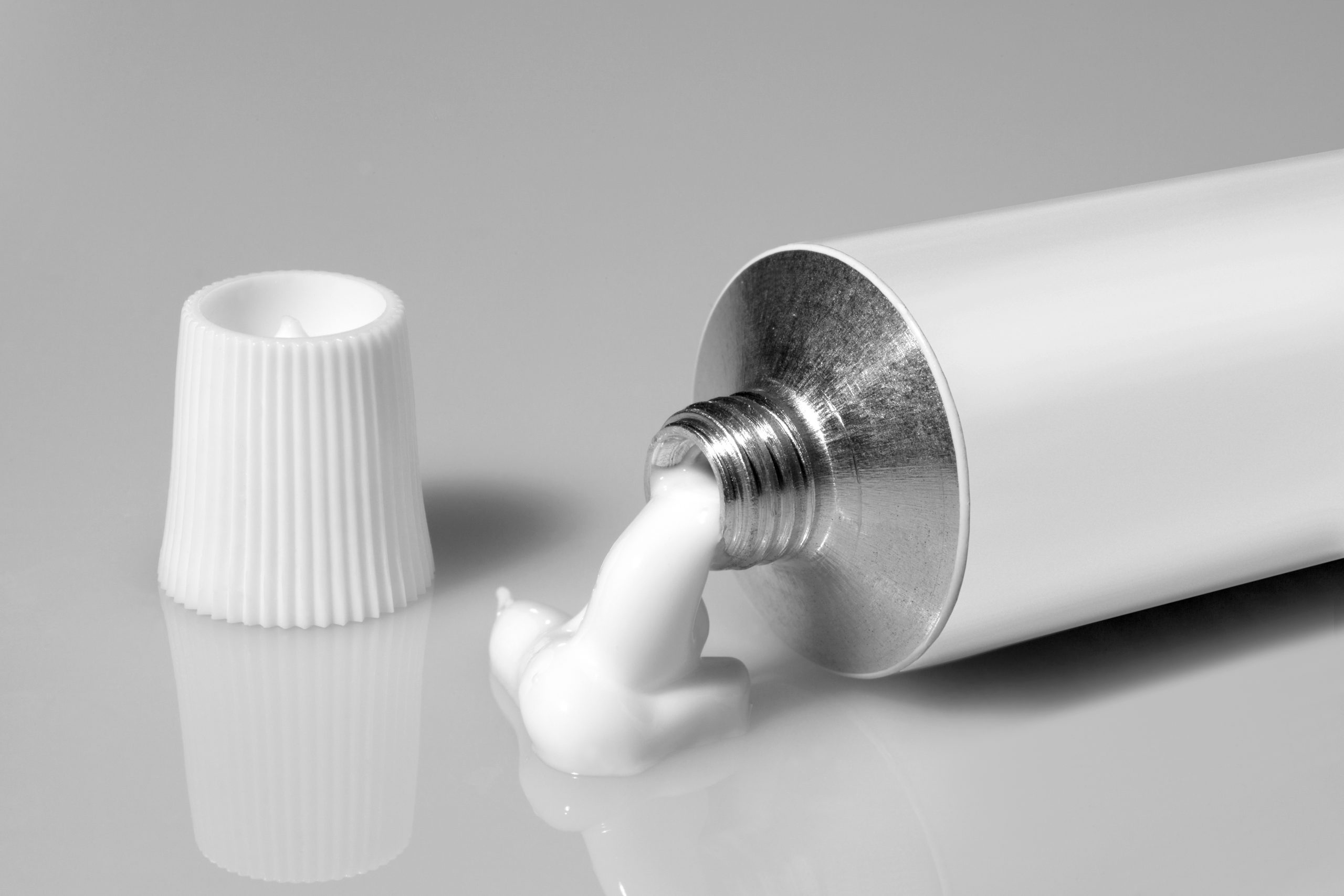How to keep your government license for therapeutic cream production?
If you are producing a therapeutic cream that prevents, cures or alleviates a disease or injury, a license from a government is needed to sell the product. The requirements for keeping such a license are quite stringent, looking at – for example- traceability, documentation and hygiene. The products must be safe, and you must be able to have proof of this. What does this mean for the manufacturing process, especially for smaller scale companies? What do you as a producer need to have in place?

Meeting the targets of the Pharmaceutical Quality System
In order to get and to be able to keep the pharmaceutical license, most authorized government bodies demand the producer to have a Pharmaceutical Quality System that follows Good Manufacturing Practice. Looking at for example the production, operations must follow clearly defined procedures. All materials and products must be stored under the appropriate conditions established by the manufacturer and in an orderly fashion to permit batch segregation and stock rotation. Operations on different products should not be carried out simultaneously or consecutively in the same room unless there is no risk of mix-up or cross contamination. At all times during processing, all materials, must be labelled or otherwise identified with an indication of the product or material being processed, its strength (where applicable) and batch number. This means almost everything needs to be documented or monitored to reach these standards.
Automated production when upscaling
Switching to an automated production line can reduce the risk of cross-contamination and make it easier to meet all these standards. If you want to adhere to these standards, it is rather difficult to do with manual production. Many companies decide to scale up and a first step could be to install a second processing vessel that will only be used to manufacture the final product, where the other vessel is used for the intermediate product. A cleaning system (CIP) would also make it easier to follow stringent hygiene rules. As you grow, a next step could be the incorporation of machines that automate a part of the process or installation of fully automated plant design to eliminate all manual operations and automate a lot of documentation of the production. Apart from tracking all this information, the product would also be fully traced from the start of the manufacturing process all the way to the packaging, a topic that is at the heart of this pharmaceutical license. A good example of automated plants for creams production, is shown in the video below, of the modular vacuum processing plant of AZO LIQUIDS.
